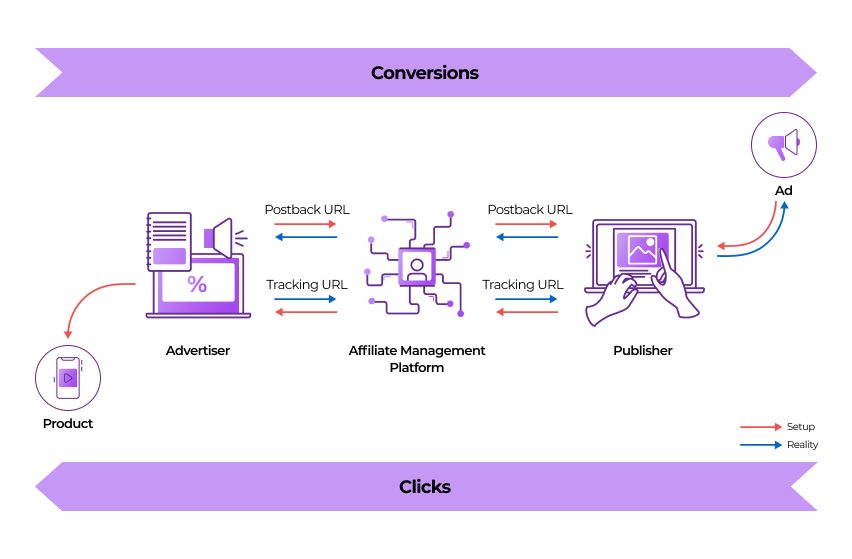Written by
Content Manager
Edgar is a Content Marketer obsessed with analytics & performance statistics. Edgar loves leveling up professionally and search for new effective ways to deliver quality content. After that, he’ll take every opportunity to take on exciting adventures with his GF.
See all articles →













